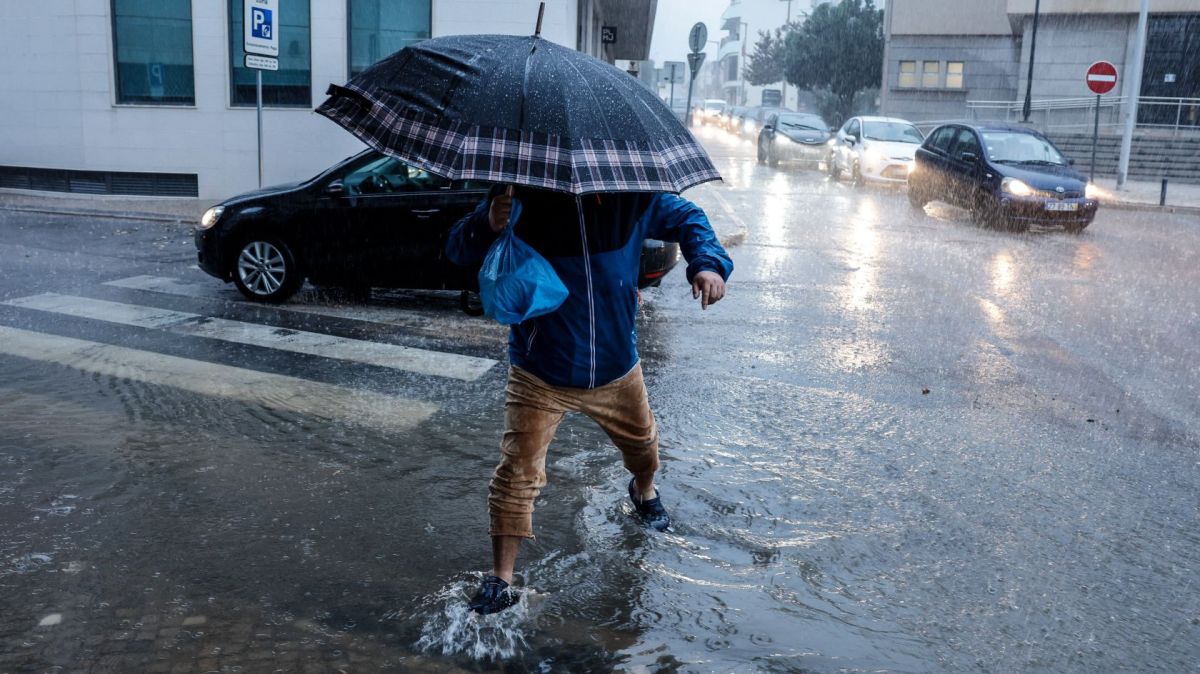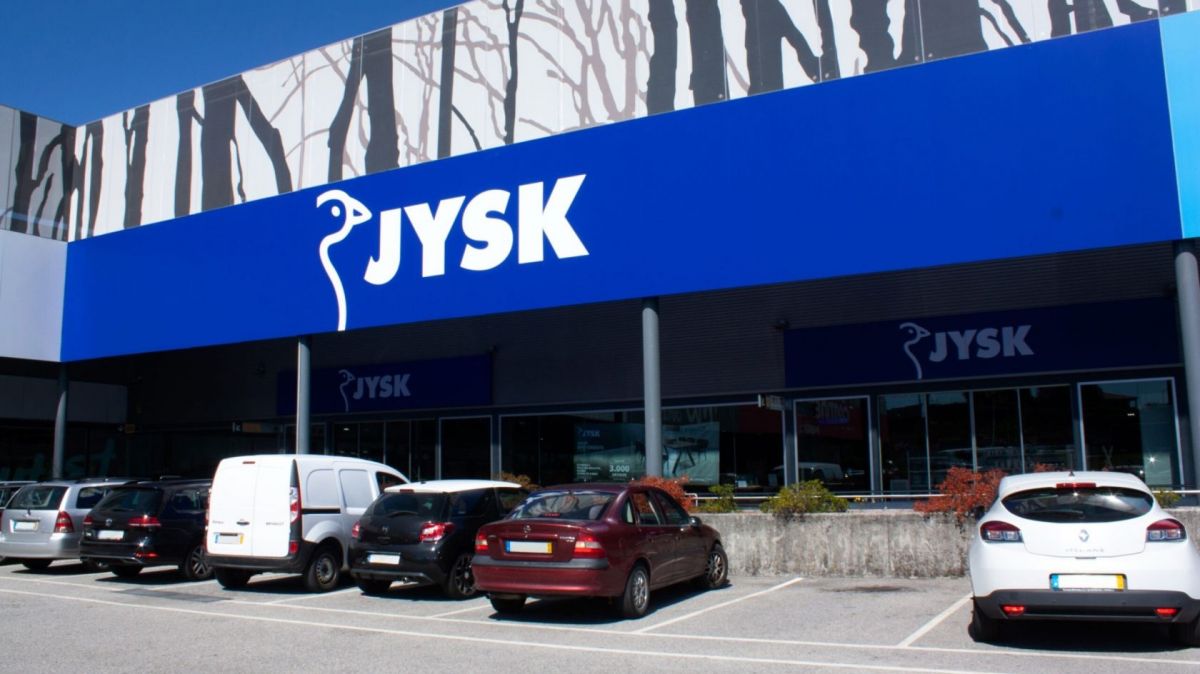The Grande Colégio Universal in Porto leads this year's table compiled by Lusa, which only counts the 525 schools that held at least 100 secondary school exams in the summer of last year.
Students at Colégio Universal took 191 tests and the average was 16.51 points, not far from the internal average attributed by the school's teachers to the work carried out by their students throughout the year (17.04 points).
The 10 schools with the best average scores are once again well-known names that, in other years, reached the top of the tables, such as Colégio Nossa Senhora do Rosário, in Porto, which now appears in 2nd place with 16.42 points, Colégio Efanor, in Matosinhos (3rd place with 16.36 points), or D. Diogo de Sousa, in Braga (4th place with 15.91 points).
In 5th place is the first school in the Lisbon area, the College of S. Tomás, followed by the Salesians of Lisbon - College Oficinas de São José and the College Campo de Flores, in Almada.
Out of a total of 448 public state schools and 76 private schools, you have to go down to 33rd place to find the first public school with the best national average: Escola Básica e Secundária Dr. Ferreira da Silva, in Oliveira de Azeméis.
The average of the 125 exams of the students at the school in the Aveiro district was 13.85 points and represents an improvement in the public sector compared to the previous year, when the first school appeared only in 39th place with a slightly lower average (13.23).
Looking only at the 30 public schools with the best average exam results, the majority are in the north.
In contrast, at the end of the general table, with the lowest national averages, there are nine public schools and one private school, all located in the Lisbon metropolitan region and all with negative national averages.
These are usually schools that receive more students from needy families, a condition that continues to dictate school failure: Data from the Ministry of Education shows that students without School Social Support (ASE) had better grades in all subjects when compared to their peers who benefit from ASE.
The Escola Secundária da Baixa da Banheira, in Vale da Amoreira, in Moita, appears this year at the bottom of the table and data from Infoescolas reveals that the rate of students who fail or drop out of school is more than double the national average.
The data provided by the Ministry of Health also shows that girls continue to perform better than boys.














